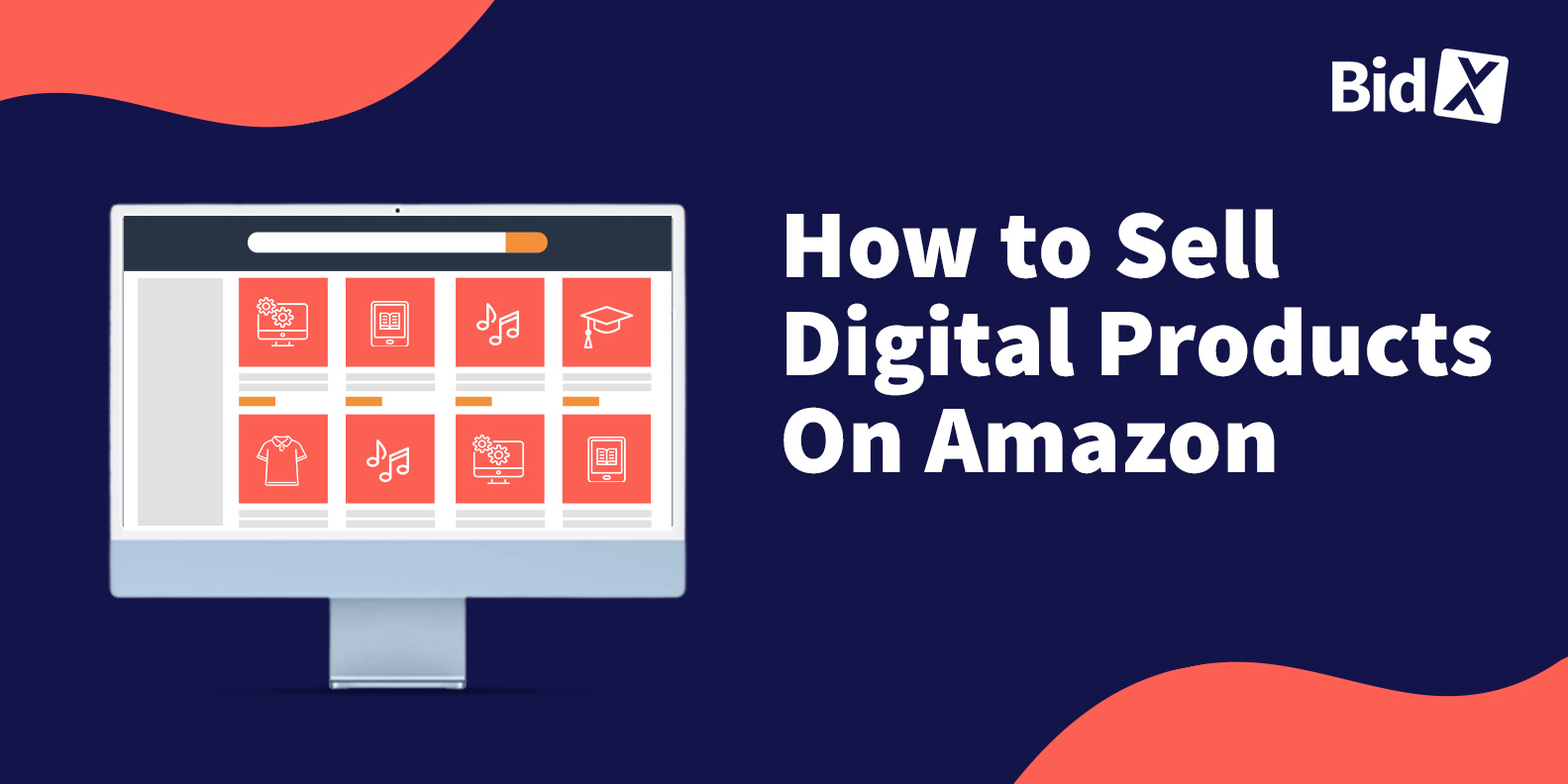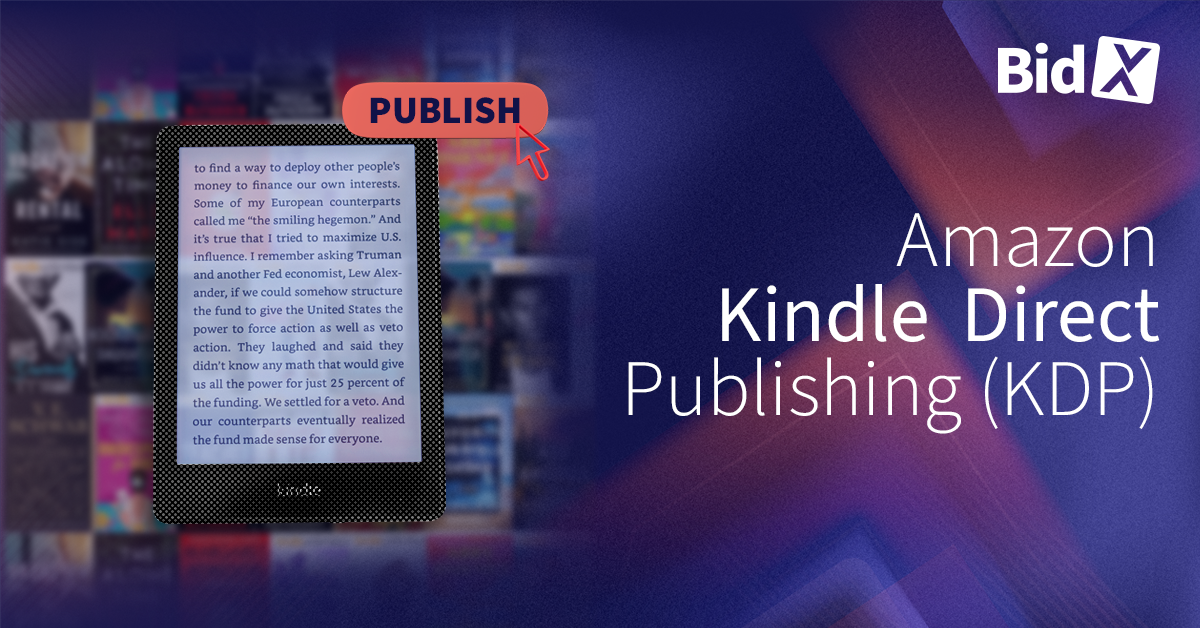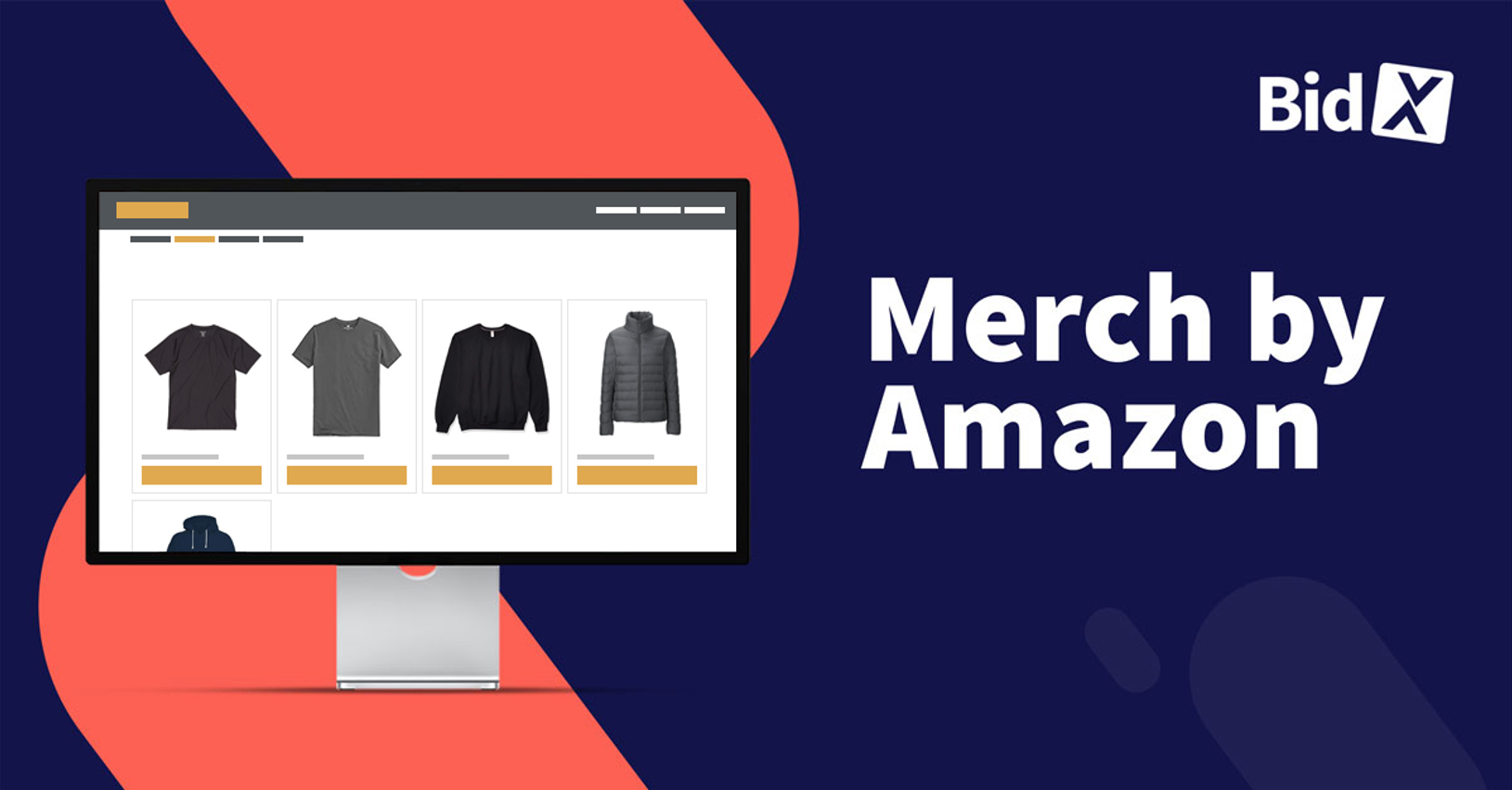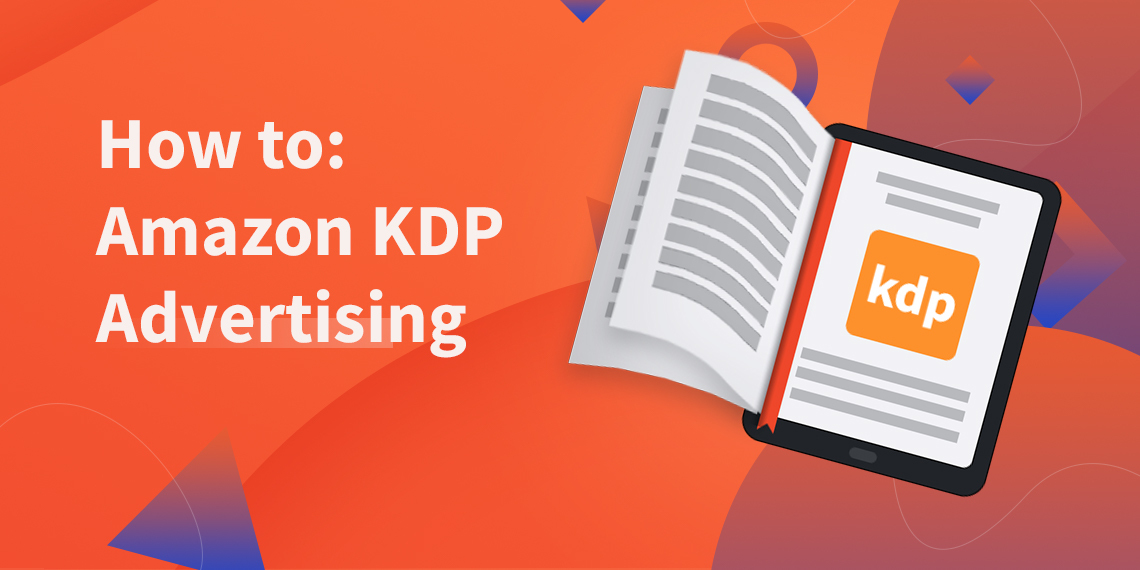How To Successfully Sell Digital Products on Amazon
Have you ever felt like your creative genius is begging to be released into the world? Whether it's a gripping novel, an amazing song, or stunning art perfect for t-shirts, with Amazon as your platform of choice, success and financial reward are just a few clicks away.
In this post, we'll help you understand what digital content is, explore the types of digital products you can create and sell on Amazon, and provide some tips for becoming a successful digital content creator on the platform.
What Is Digital Content on Amazon?
Digital content is any type of content that exists in a digital format and can be downloaded or purchased online. It includes ebooks, audio files, videos, software programs, and more.
With digital content on Amazon, you can create a product once and distribute it instantly to millions of customers — no physical storage or shipping required! It's great for artists, musicians, authors, and other creatives who want to earn passive income without needing a lot of capital to start.
What Kind of Digital Content Can You Create?
Digital content comes in several forms, from ebooks and white papers to software programs and video tutorials. Here are some of the most popular categories of digital products:
Books
Writing a digital ebook or print-on-demand paperback is a great way to advance your career as an author and monetize your craft. You can use Amazon's Kindle Direct Publishing (KDP) service to reach approximately 1 billion e-readers worldwide.
Music
Expand your fanbase by uploading singles, EPs, or entire albums to TuneCore. This music distribution service offers incredible reach across the world, partnering with Apple Music, Spotify, and other streaming providers, as well as 150 stores in 200 countries. Not only that, but you'll receive 100% of the royalties earned with just minimal membership fees.
Art
With Merch by Amazon, you can create and sell t-shirts, hoodies, phone cases, and more without having to manage any inventory. All you need to do is upload your designs and choose the types of items you'd like to sell. While graphic artists tend to do well on this platform, you don't need to be one to find success. Instead, you can outsource your design ideas to popular freelance networks like Fiverr, Upwork, and Guru for someone else to execute.
Software
App developers can now create and sell web and mobile applications on Amazon Appstore to be downloaded on select devices. Although Amazon retains 30% of the app sales, it's still a great opportunity to reach millions of potential customers and monetize your app.
How Do You Become a Digital Content Creator on Amazon?
If you're serious about creating and selling digital products, you should start by signing up for an Amazon seller account. This will provide you with access to the various tools and services needed to create, publish, and sell digital content on the platform.
But before you do so, it pays to think about your product's trajectory from conception to launch and beyond. Some points to consider include:
- Your target audience
- Different pricing strategies
- Any legal considerations you need to account for, such as copyrights or trademarking
- How you'll market your digital product on Amazon and other channels to drive more traffic and sales
Once you have a clear roadmap for your digital product, you can then use the tools available on Amazon to create and promote your content.
How To Sell Digital Content on Amazon
If you finished that 80-page novella or 5-song EP, it's time to upload it to Amazon and start making some money!
Other creators, however, have trouble figuring out what type of digital content they should create. In this case, it's important to research in-demand opportunities, validate your ideas, and determine the best content creation strategy for your niche.
Research in-demand products
Identify profitable opportunities in the digital marketplace by researching the types of products that are currently in demand. You can look at the Amazon Bestsellers Rank, Google Trends, and the Kindle Store to see which titles are selling well at the moment. This will help you determine which topics and formats to create to maximize your profits.
Validate your ideas
Validating your ideas simply means testing the market to check if your digital products will resonate with target audiences and lead to potential sales. Start by creating the first version of your product without worrying about perfecting it. Known as the minimum viable product (MVP), it should help you get feedback to gauge the market's response, allowing you to adjust and improve your product before its official launch. For example, if a customer comments that your t-shirt design looks too much like another one they've seen before, you can tweak it to make sure there's no infringement.
List your digital products on Amazon
Log in to Amazon's Seller Central and list your digital products accordingly. Depending on the type of digital item you created, you'll need to navigate to different pages and tools for uploading your content. For instance, Kindle Direct Publishing is used to upload and distribute books, while Amazon Appstore is used for apps.
Advertise and promote
Your online book, or app is ready to go, but how will customers find it? This is where promotions and advertising come in. You can create a social media presence for your digital product, use targeted ads to reach customers in the Amazon Marketplace, or even participate in online forums and communities related to your niche. For the very best results, be sure to optimize your listings with relevant keywords and consider using and automating PPC campaigns to drive more traffic and sales.
Dos and Don'ts of Creating and Selling Digital Products on Amazon
To ensure success in selling digital products, it's important to adhere to the specific rules for each platform. Let's take a look at what you should and shouldn't do when utilizing KDP, TuneCore, and Amazon Merch:
KDP
- Proofread your work carefully and correct any typos or errors before publishing. This includes removing duplicate text and fixing grammatical errors (like using "than" instead of "then") that cast a negative impression on potential readers. You can then use Amazon's Kindle Previewer to ensure that your content is ready to publish.
- Optimize your book's metadata to help it appear in Amazon SERPs and attract more readers. To avoid getting your content rejected by Amazon, make sure you're following the platform's metadata guidelines, which warn against mentioning other books and including a URL in the product.
- Format your book according to KDR guidelines. For instance, every book must contain front and back matter that includes a title page and copyright page. Also, make sure you're using an appropriate text size and line height to ensure your book is easy to read on all devices. Finally, upload your file in DOC, DOCX, and HTML formats.
- Hire a graphic designer to help you create an engaging, high-quality cover. A great cover design is your book's best advertisement, so take your time and make sure to get it right.
- Post content that's suitable for Kindle readers. Coloring books, journal exercises, and other interactive elements might work better as print-on-demand products.
TuneCore
- Cover art should be uploaded as JPGs, PNGs, or GIFs and you must own the rights to the image. The image size should be at least 1600 x 1600 pixels and have a resolution of at least 72 dots per inch (dpi), though 300 dpi is better.
- Your cover art image should be in RGB color mode and not CMYK, which is used for printing.
- Any text incorporated into the artwork should be legible, even when scaled down, and include only the artist's name and title of the work exactly as they were entered in TuneCore.
- Other don'ts include poor-quality or blurry cover art, cutoff images, mention of iTunes or other digital stores on the cover, or using someone else's art without permission. Additional rules are available on TuneCore's Support Page.
Amazon Merch
- Don'ts include uploading duplicate designs or artwork, infringing on someone else's copyright, posting offensive/violent messages, and adding watermarks to your design.
- Always use high-resolution images that are appropriate for the product type.
- Make sure to proofread your design text for spelling and grammatical errors (unless they're part of the concept, of course!).
- Check that your design is sized correctly for each product and includes no cut-off elements.
- Adhere to all other Merch on Demand content policies.
Advantages of Selling Digital Products
Selling digital products offers several advantages over traditional retail products. These include:
Lower upfront costs — Most digital products don't require a large investment in materials or equipment, so it's easier to get started.
Faster setup times — You can sell digital products on Amazon within a few days or weeks, depending on the product.
Flexibility — You can adjust prices and create new products quickly and easily, allowing you to test out different ideas without investing lots of time and money.
Reach a global audience — You can easily reach millions of customers around the world with digital products, allowing you to maximize your potential market.
Increased profits — Digital products tend to have higher profit margins than traditional retail items, so you can make more money from each sale.
Final Thoughts
Creating a digital masterpiece is one thing, but selling it is another. To succeed in the digital content market, you need to understand how Amazon works and create a well-crafted product that meets all the guidelines. Not only that but marketing your product is also key to success. A PPC automation tool like BidX can help you achieve this by automating your ad campaigns and optimizing them for maximum returns.
Follow the tips outlined above, and you'll be well on your way to selling digital products on Amazon. Good luck!







